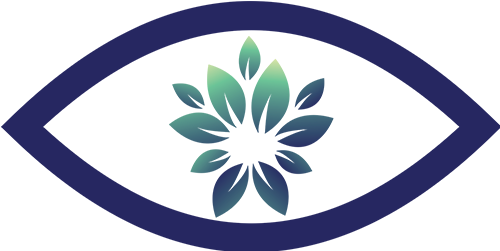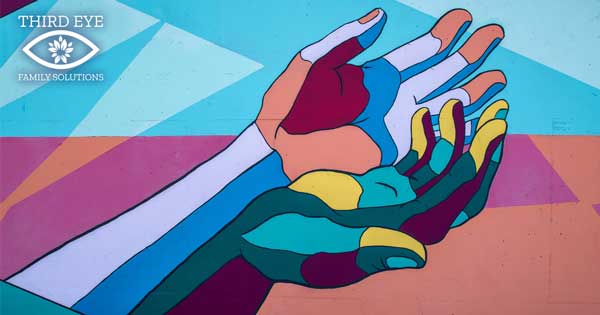When you think of counseling and coaching, you probably envision sitting with your counselor and talking about your problems. This is, of course, a huge part of what the practitioners at Third Eye Family Solutions do, but we also do so much more! What follows are some brief explanations of the kinds of modalities we use to help our clients and the ways that they work. Each client is different, so your sessions will vary based on your needs.
· Art Therapy (Jen & Jaime): For over 80 years, therapists have been using art as a form of connecting with clients and providing them with new ways to express themselves. Often times we have things to say that aren’t easily said with words and using art as a way to capture our feelings makes it easier to ‘say’ what we are thinking. Art therapy can look like specific exercises or a more free-form activity in which the client draws, paints, or sculpts while talking through issues. You don’t have to be artistically talented to participate in art therapy either! The act of creating art can be stress relieving in and of itself.
· CBT (Jaime): Cognitive Behavioral Therapy. CBT is probably the most well-known form of counseling in America these days. A counselor will help you identify and work through places you are stuck in life and support you in learning ways to effectively deal with those issues. Having a counselor help you see things in new ways is critical to healing, and learning coping mechanisms such as breathing techniques and relaxation exercises, or anger and stress management tools, allows the client to be more effective in their everyday life.
· EMDR (Jaime): Eye Movement Desensitization and Reprogramming. More and more clinicians are learning this powerful trauma processing tool to help their clients. Utilizing talk therapy combined with an outside stimulus – usually tapping or eye movements – the client is able to work through specific traumas without being as ‘triggered’ by the events they are describing. Many clients report that they were able to work through issues that have felt stuck for months or even years while using this modality, freeing them to move forward in their lives.
· Family Sessions (Jen): We often work with whole families together, particularly when the issues at hand involve the dynamics of the family relationships. Family sessions are usually more structured than traditional counseling or coaching, in that we plan activities and games suited to help build the needed skills that a family may be missing. Games that foster connection, communication, and problem solving skills are commonly used with families. Sessions are dependent on the age and developmental levels of family members and can be tailored to the specific needs of the family.
· Gottman Methods (Jen): Working with couples is another specialty at our practice. Often we use tools and methods developed by Drs. John & Julie Gottman and the Gottman Institute with our couples. Based on the Sound Relationship House model, we identify where the breakdowns in a relationship are happening, and work with various workbooks, card decks, and exercises to build the necessary framework for success.
· Play Therapy (Jen & Jaime): Usually used with younger children, play therapy is an effective way for children to express themselves, process grief and trauma, or communicate their concerns. While some children benefit more from structured play therapy, such as Attachment Based Therapy or Theraplay, others are more suited to free-flow therapy in which the child directs the clinician through a play session and chooses the activities. Either way, our well-trained clinicians are able to discover what is behind the child’s actions and choices as they enact their play, and direct conversations towards processing the difficult experiences.
· Sensory Integration Therapy (Jen): Many of our young clients experience varying levels of sensory processing issues. Through play therapy activities, we can often help with sensory integration especially as it relates to touch/texture, noise, and visual overwhelm. Exposing children in fun, non-threatening ways to the stimuli that they find difficult can reduce their avoidance and increase their tolerance to the difficult to process sensations.
These are just a few of the ways that we help our clients, and we pride ourselves in being life-long learners who are always studying and learning more! If you have questions about any of these modalities, or wish to schedule specific types of sessions with us, you can use this link to book a free consultation. We would love to support you!


Recent Comments